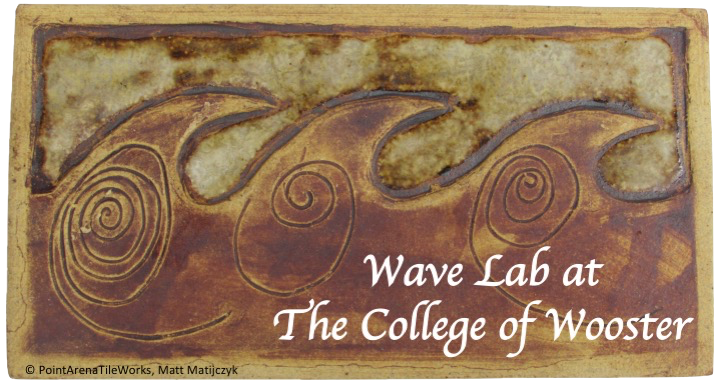LaTeX is used for scientific typesetting of, for example, reports, articles, and books.
In the Physics department, students learn LaTeX as part of their sophomore Modern Physics Lab when writing their lab reports.
This knowledge is then applied in their Junior Independent Studies report and final Senior Independent Studies thesis.
To use LaTeX, you have two choices:
- Stand-alone program on your computer. You need to install an editor (1) and a compiler (2). If you need any help, please let me know!
- The commercial online platform Overleaf, which allows collaboration with other users.
Templates:
-
- Article template with extra bibliography file for the Modern Physics lab, Junior I.S., or other research reports. This template shows the general composition of an article but also contains many explanations within the code and in the created PDF file.
- The department’s ‘old’ Senior I.S. thesis template using the two-sided book document style with chapters.
- A College of Wooster Senior I.S. template created by Jon Breitenbucher. You can find it for download at 2025 Release 5 · jbreitenbucher/exampleis. The README files spells out in detail what you should do after downloading the template. You should also read the manual for examples of how to use the available features.
It works best with a local editor but also when used in Overleaf.
Resources:
-
- Documentation about the siunitx style file to be used in your LaTeX code.
-
- Wikibooks LaTeX
This is a, more or less, complete repository for questions about LaTeX typesetting. - PDF file of The Not So Short Introduction to LaTeX.
This is a good introduction to LaTeX, not too short yet not too long. - LaTeX online unofficial reference manual.
- Another really good resource is the Frequently Asked Question List for TeX website.
- The webpage Learn LaTeX — A Beginner’s Step-By-Step Guide offers a lot of information about LaTeX and detailed examples for formatting and coding.
- Wikibooks LaTeX
